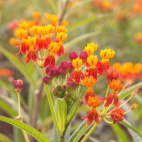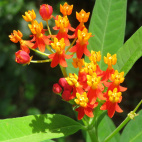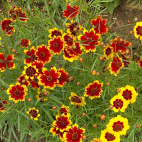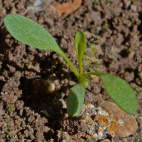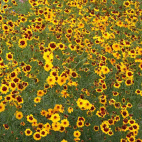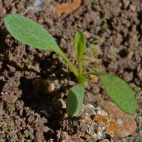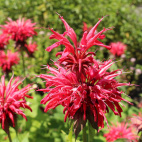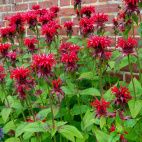Color
Availability
USDA Zone
Region
Type
Duration
Season
Germination
Soil
Sunlight
Height
Use
Narrow Your Search
Color
Availability
USDA Zone
Region
Type
Duration
Season
Germination
Soil
Sunlight
Height
Use
Wildflower Seeds - Northern Region
The Northern region is home to our Canadian friends in the eastern provinces, as well as the northern-most part of the Eastern US. This area is characterized by a long, cold winter with lots of snow, and a short humid summer that only lasts about 3 or 4 months. Most of the area is classified as a UDSA Growing Zone 4 or less, and the species that grow here have interesting ways to perpetuate themselves in spite of the short growing season. There are a lot of forests and wetlands in this region, so adequate moisture is hardly ever a problem. Look up your growing zone to make sure that the Northern wildflower seeds that you want to grow are winter hardy. Alternatively, just order annual flower seeds online so that the plant does not need to make it through the winter, but can reseed itself and come back from seed the next year.
-
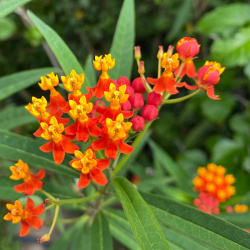 On Sale!
Blood Flower Seeds
Asclepias curassavica
Also known as tropical milkweed, these brilliant red and yellow blossoms explode with color in their first growing season. Although this species is a member of the Milkweed family, recent studies have shown that it actually may be detrimental to the Monarch Butterfly, especially in southern climates where the plants can survive year-round. The plants can harbor diseases that harm the Monarch, and disrupt their normal migratory patterns. Please only use this plant as an annual, and do not let it winter over!Quick Viewx
On Sale!
Blood Flower Seeds
Asclepias curassavica
Also known as tropical milkweed, these brilliant red and yellow blossoms explode with color in their first growing season. Although this species is a member of the Milkweed family, recent studies have shown that it actually may be detrimental to the Monarch Butterfly, especially in southern climates where the plants can survive year-round. The plants can harbor diseases that harm the Monarch, and disrupt their normal migratory patterns. Please only use this plant as an annual, and do not let it winter over!Quick ViewxBlood Flower Seeds
Asclepias curassavica
Also known as tropical milkweed, these brilliant red and yellow blossoms explode with color in their first growing season. Although this species is a member of the Milkweed family, recent studies have shown that it actually may be detrimental to the Monarch Butterfly, especially in southern climates where the plants can survive year-round. The plants can harbor diseases that harm the Monarch, and disrupt their normal migratory patterns. Please only use this plant as an annual, and do not let it winter over!
$3.48 Pkt - $14.49 / Oz -
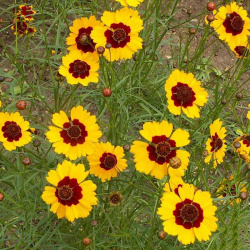 Dwarf Plains Coreopsis Seeds
Coreopsis tinctoria
This slender annual produces masses of yellow flowers with contrasting deep red centers. A popular choice of beginning gardeners because it is so easy to grow and produces a gratifying flower.Quick View$2.98 Pkt - $7.59 / Oz
Dwarf Plains Coreopsis Seeds
Coreopsis tinctoria
This slender annual produces masses of yellow flowers with contrasting deep red centers. A popular choice of beginning gardeners because it is so easy to grow and produces a gratifying flower.Quick View$2.98 Pkt - $7.59 / Oz -
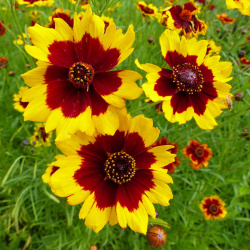 Plains Coreopsis Seeds
Coreopsis tinctoria
Profuse yellow blossoms with deep red centers are a delightful addition to a meadow or garden. This annual is very easy to grow and makes an excellent choice for beginning gardeners.Quick View$2.98 Pkt - $7.41 / Oz
Plains Coreopsis Seeds
Coreopsis tinctoria
Profuse yellow blossoms with deep red centers are a delightful addition to a meadow or garden. This annual is very easy to grow and makes an excellent choice for beginning gardeners.Quick View$2.98 Pkt - $7.41 / Oz -
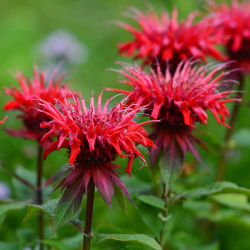 Out Of Stock
Red Bee Balm Seeds
Monarda didyma
Once used as a remedy for bee stings, this wildflower is appreciated as a medicinal herb. The spiky, red blossoms are very attractive to bees, butterflies, and hummingbirds.Quick Viewx
Out Of Stock
Red Bee Balm Seeds
Monarda didyma
Once used as a remedy for bee stings, this wildflower is appreciated as a medicinal herb. The spiky, red blossoms are very attractive to bees, butterflies, and hummingbirds.Quick ViewxRed Bee Balm Seeds
Monarda didyma
Once used as a remedy for bee stings, this wildflower is appreciated as a medicinal herb. The spiky, red blossoms are very attractive to bees, butterflies, and hummingbirds.
$3.96 Pkt - $136.00 / Oz
The Northern region is home to our Canadian friends in the eastern provinces, as well as the northern-most part of the Eastern US. This area is characterized by a long, cold winter with lots of snow, and a short humid summer that only lasts about 3 or 4 months. Most of the area is classified as a UDSA Growing Zone 4 or less, and the species that grow here have interesting ways to perpetuate themselves in spite of the short growing season. There are a lot of forests and wetlands in this region, so adequate moisture is hardly ever a problem. Look up your growing zone to make sure that the Northern wildflower seeds that you want to grow are winter hardy. Alternatively, just order annual flower seeds online so that the plant does not need to make it through the winter, but can reseed itself and come back from seed the next year.


